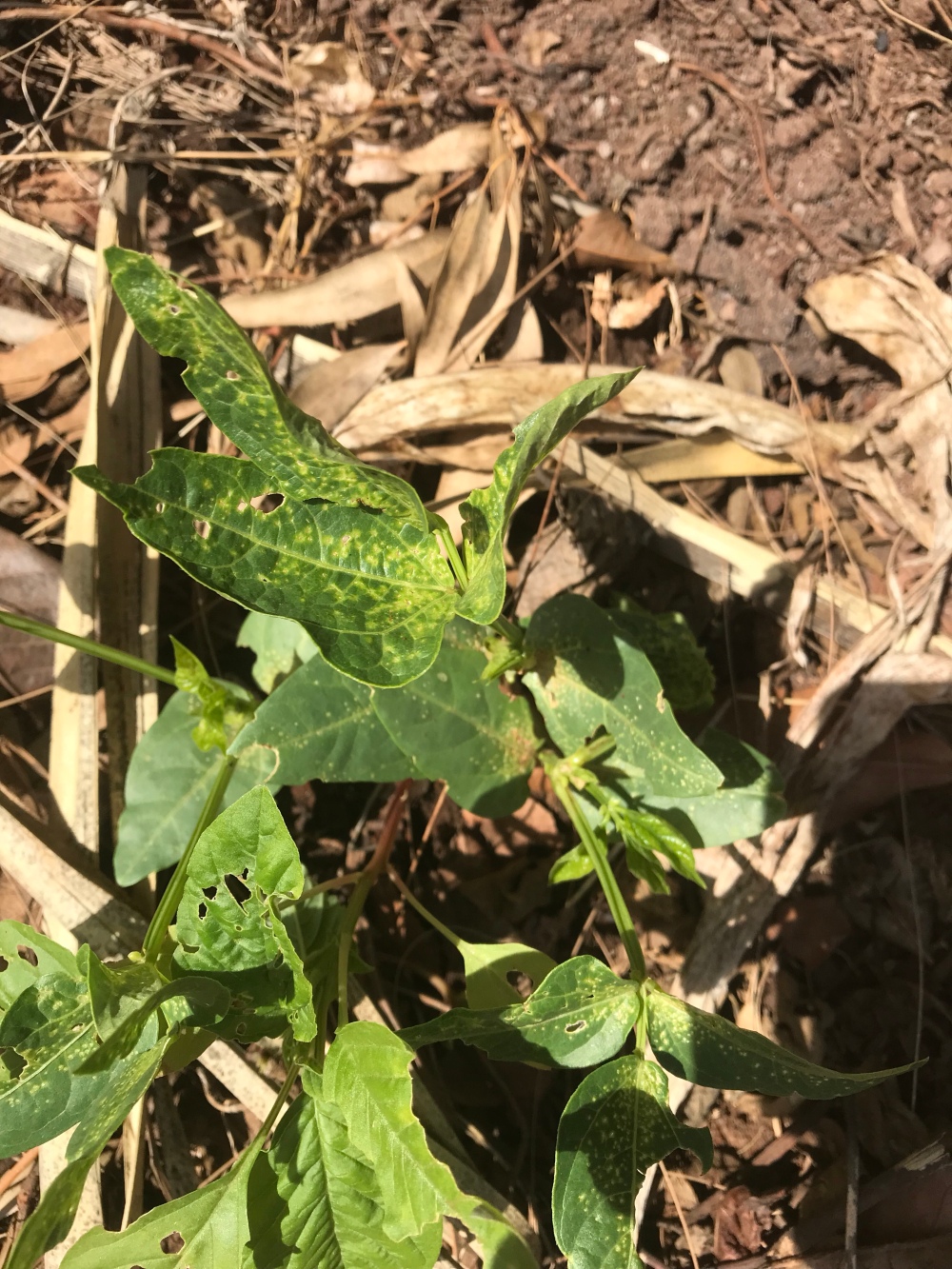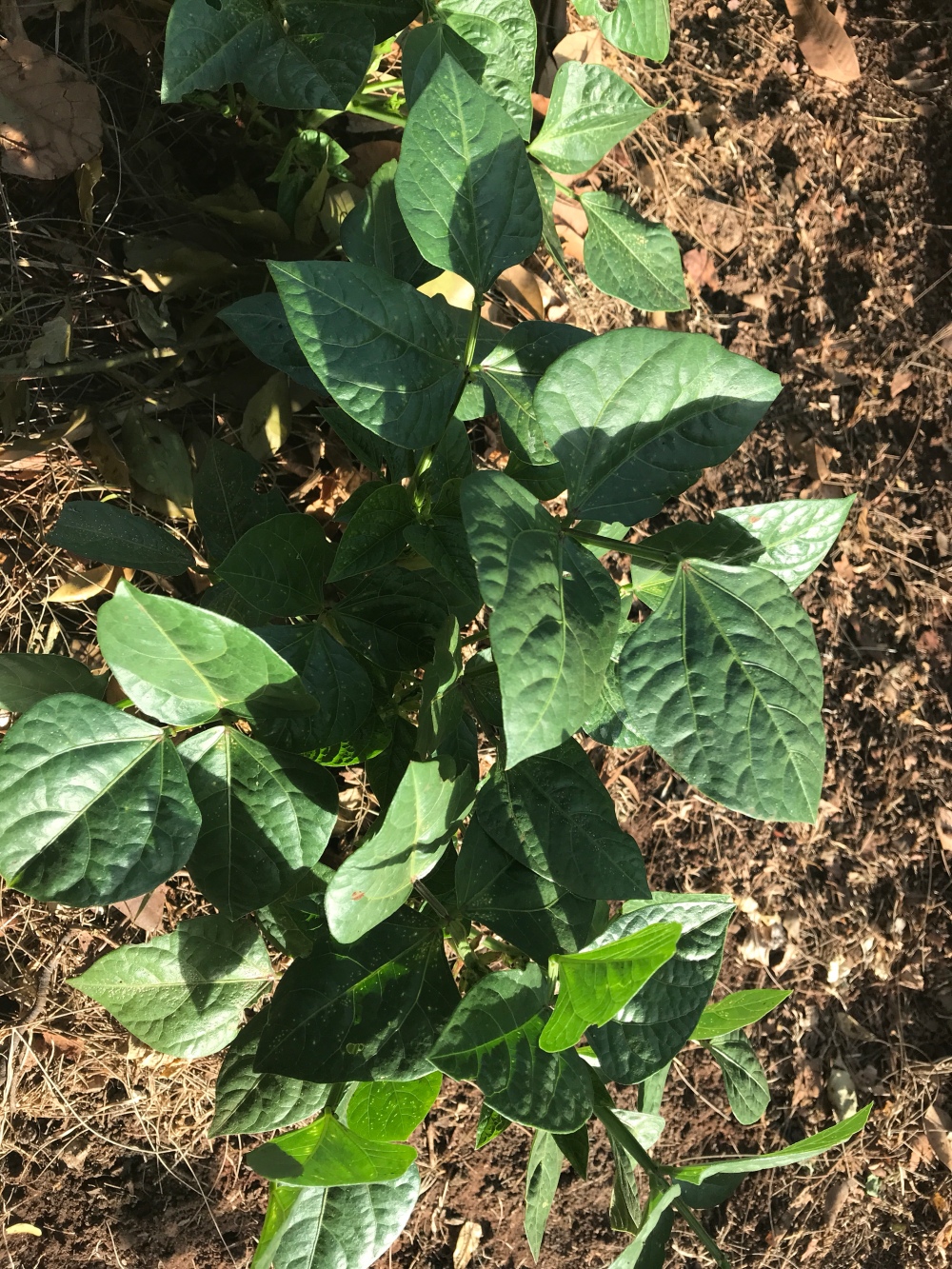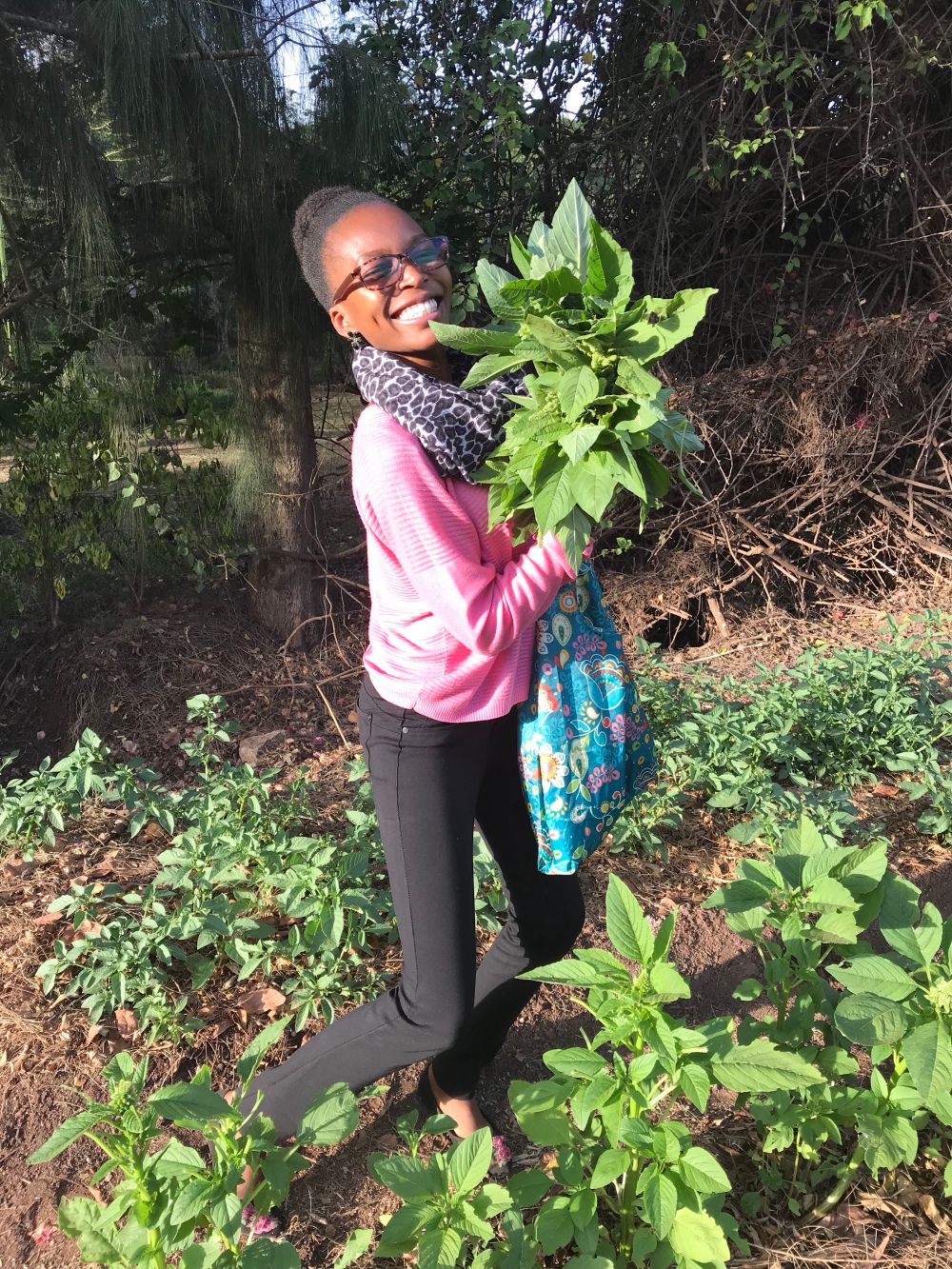Environmental and health concerns arising from the widespread farm use of chemicals in the form of fertilizers,insecticides and pesticides are leading farmers to embrace the use of natural remedies which present minimal residue problems on crops.
One such remedy is Tephrosia vogelli.

Image courtesy of Flora of Zimbabwe
Also known as the fish-poison-tree or the Vogel’s Tephrosia is a soft, woody branching herb or small tree with dense foliage, that thrives in an altitude of 1200m and a mean annual temperature of 12-27degrees celcius and a mean annual rainfall of 850-2650mm.
A native tree to Africa, it is endowed with a useful compound in its leaves called rotenone- that makes it an efficient insectide.Rotenone is classified by the World Health Organisation as a moderately hazardous or Class II pesticide.
Tephrosia vogelli was widely used in pest control before the invention of DDT.
Extracts of Tephrosia leaves can be used for the control of pests in the field, in storage or on domestic animals. The advantage of Tephrosia is that, unlike most synthetic pesticides, it leaves no residue on crops because rotenone breaks down within 3 – 5 days after application.
I recently sprayed my vegetables with Tephrosia after noticing a pest infestation on their leaves. I couldn’t help but marvel at the change in my vegetables after a week.

Before spraying the cowpeas vegetables with Tephrosia and garlic mixture.(Notice the yellow spots and the tiny holes on the leaves)

Two weeks after spraying the cowpeas with Tephrosia and garlic mixture.
To extract the active ingredients, pound 5 kilograms of fresh leaves in a mortar. Then mix the pound leaves with 5 litres of water. The crushing of leaves does not need to be done perfectly.
One can also choose to soak the 5 kilograms of leaves in 5 litres water for two hours or boil them for 30 minutes, filter the juice through a cloth and use directly in a sprayer. Add a half a litre of soapy water (the soap used should not have any smell-bar soap preffered)to help the spray stick to the plant.
To make the the Tephrosia pesticide more effective,add bunch of ground garlic in the pound Tephrosia leaves.
This mixture can be sprayed on garden vegetables, fruits, field crops and nursery seedlings for the control of different kinds of insect pests.
It is important that the mixture has direct contact with the pests. If the pests are underneath the leaves, be sure to actually spray carefully beneath the leaf.
This treatment is effective up to seven days. After that time the process must be repeated. In areas of heavy termite infestation, the Tephrosia leaf mulch is helpful.

I was quite elated to harvest the organically farmed vegetables after two months.
Tephoria is also used as a soil improver because of its nitrogen fixing capability. In central Africa, Indonesia, the Philippines and peninsular Malaysia it is used as green manure, for instance in coconut plantations. The nitrogen content is 3.7 g/100 g dry matter in plants 2-3 months old, falling to 1.2 g in 10-month- old material, while the phosphorus content drops from 0.8 g to 0.2 g.
It can also be used to control moles in a farm.To keep the moles away from the farm,put a bunch of the fresh leaves in the entrance to the holes made by the moles.
TEPHROSIA VOGELII: A SOURCE OF ROTENOIDS FOR INSECTICIDAL AND PISCICIDAL USE-bulletin 1972 of the US department of agriculture
Agroforestry Database 4.0 (Orwa et al.2009)-Tephrosia vogelli

Good work dear.
LikeLike
Quite educative!
Farmers should embrace this to reduce inorganic fertiliser usage
LikeLike